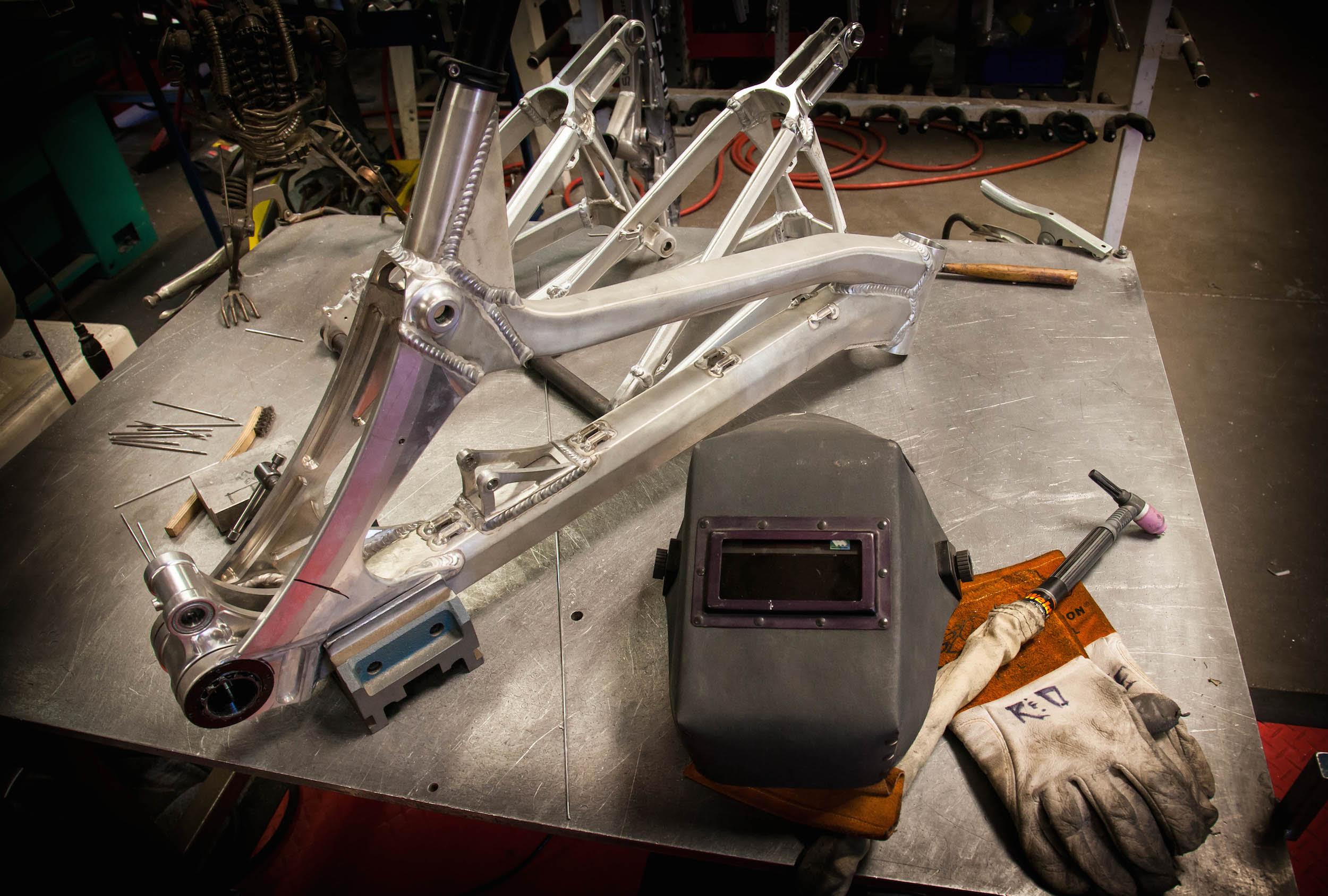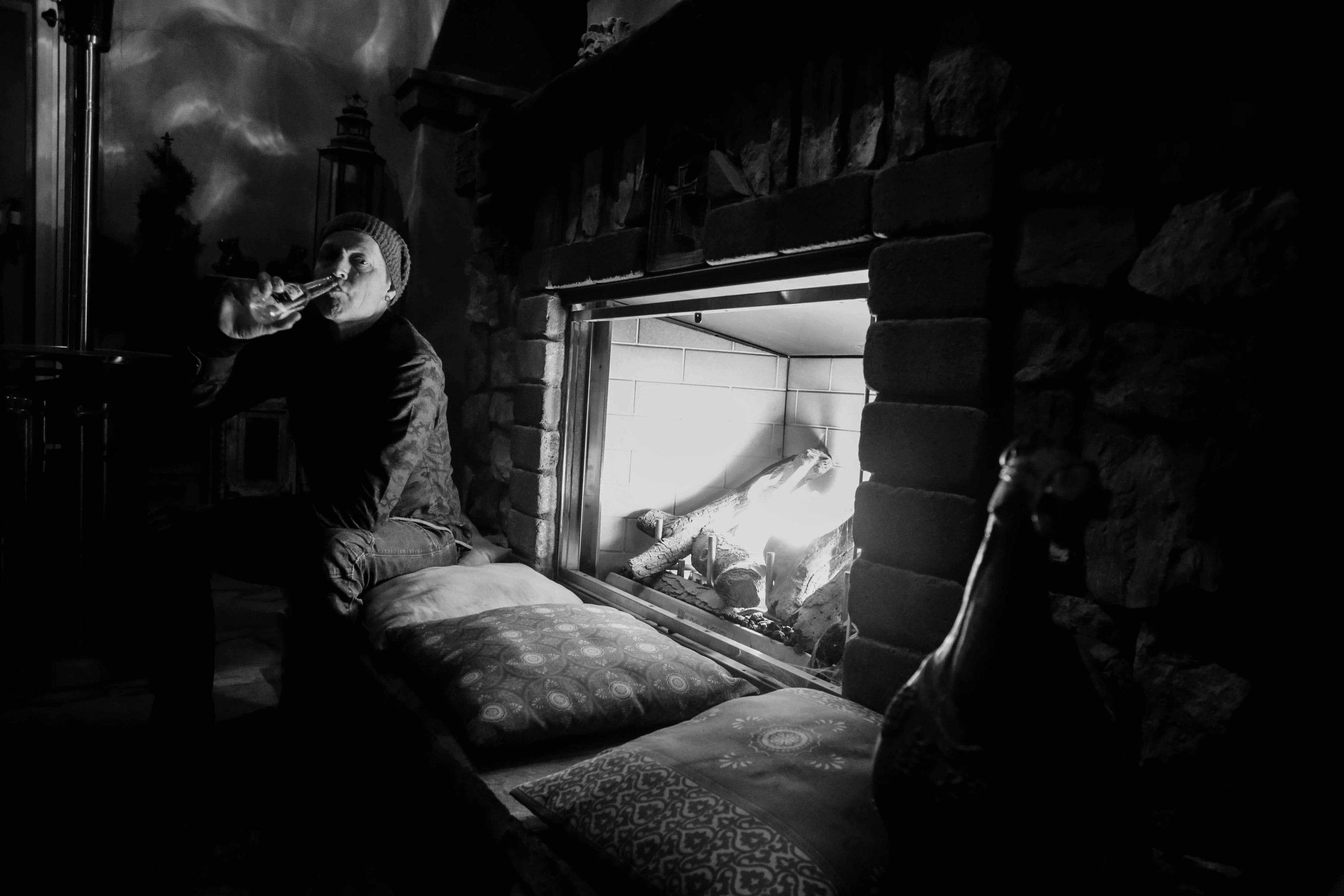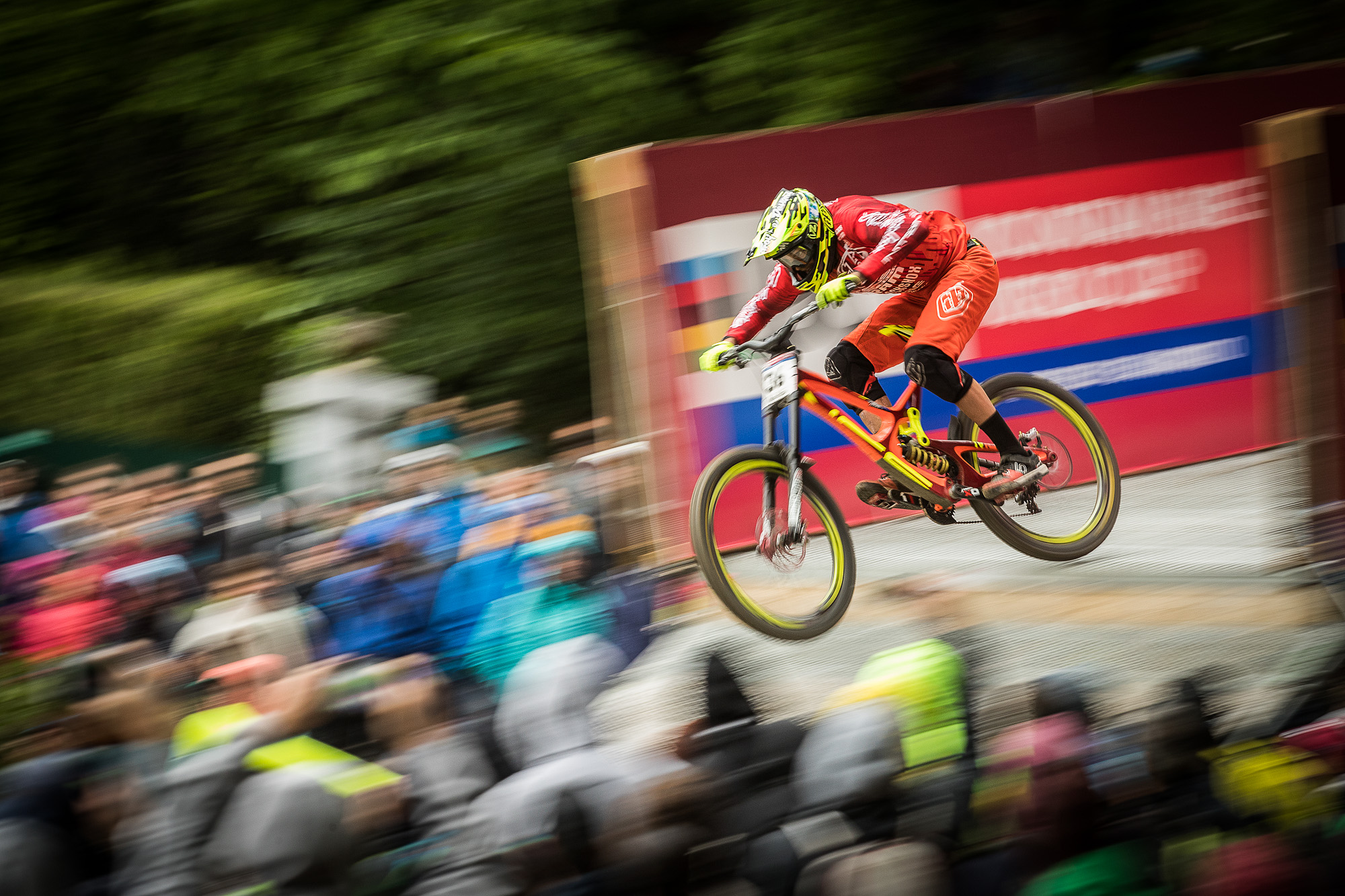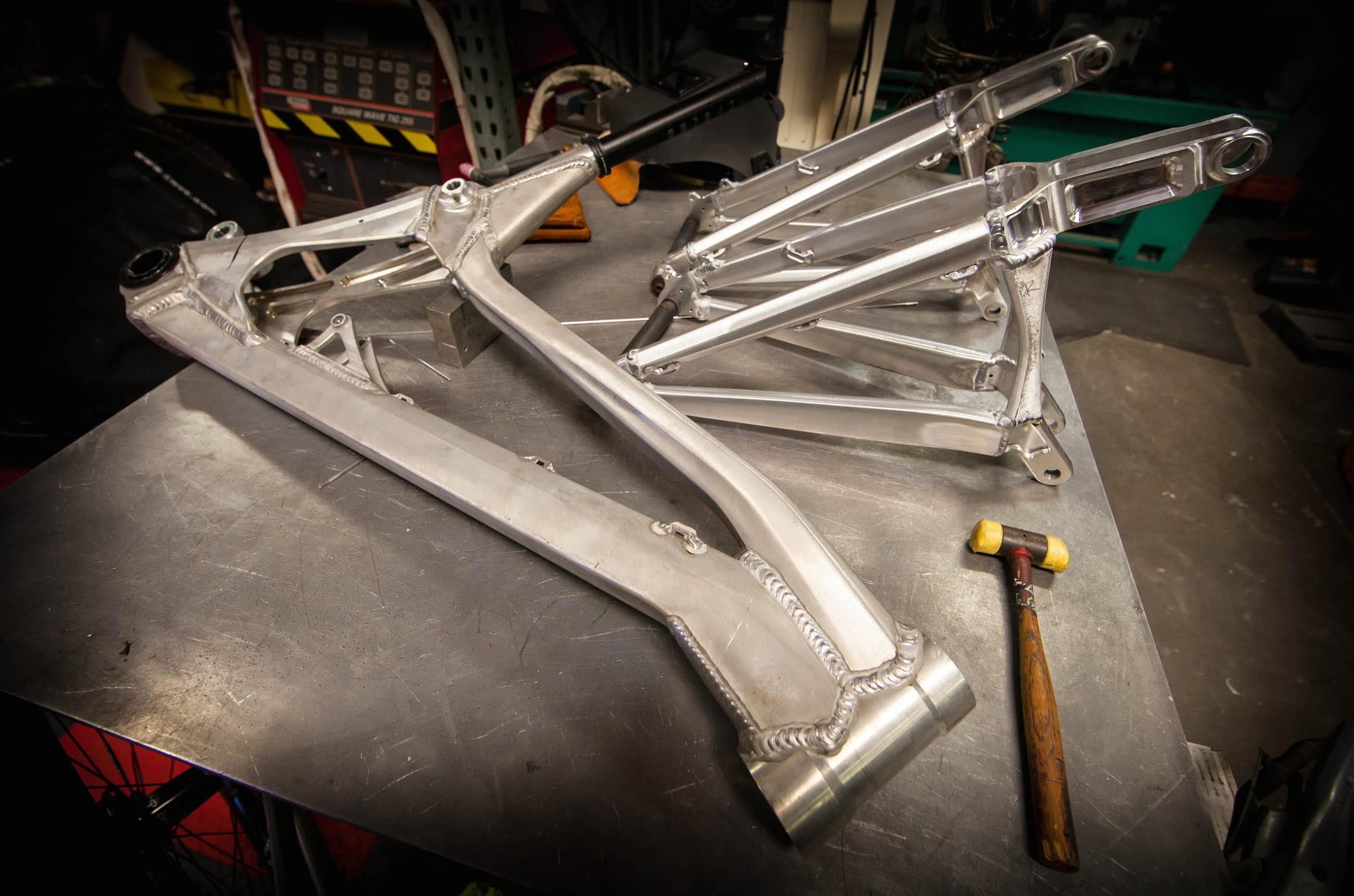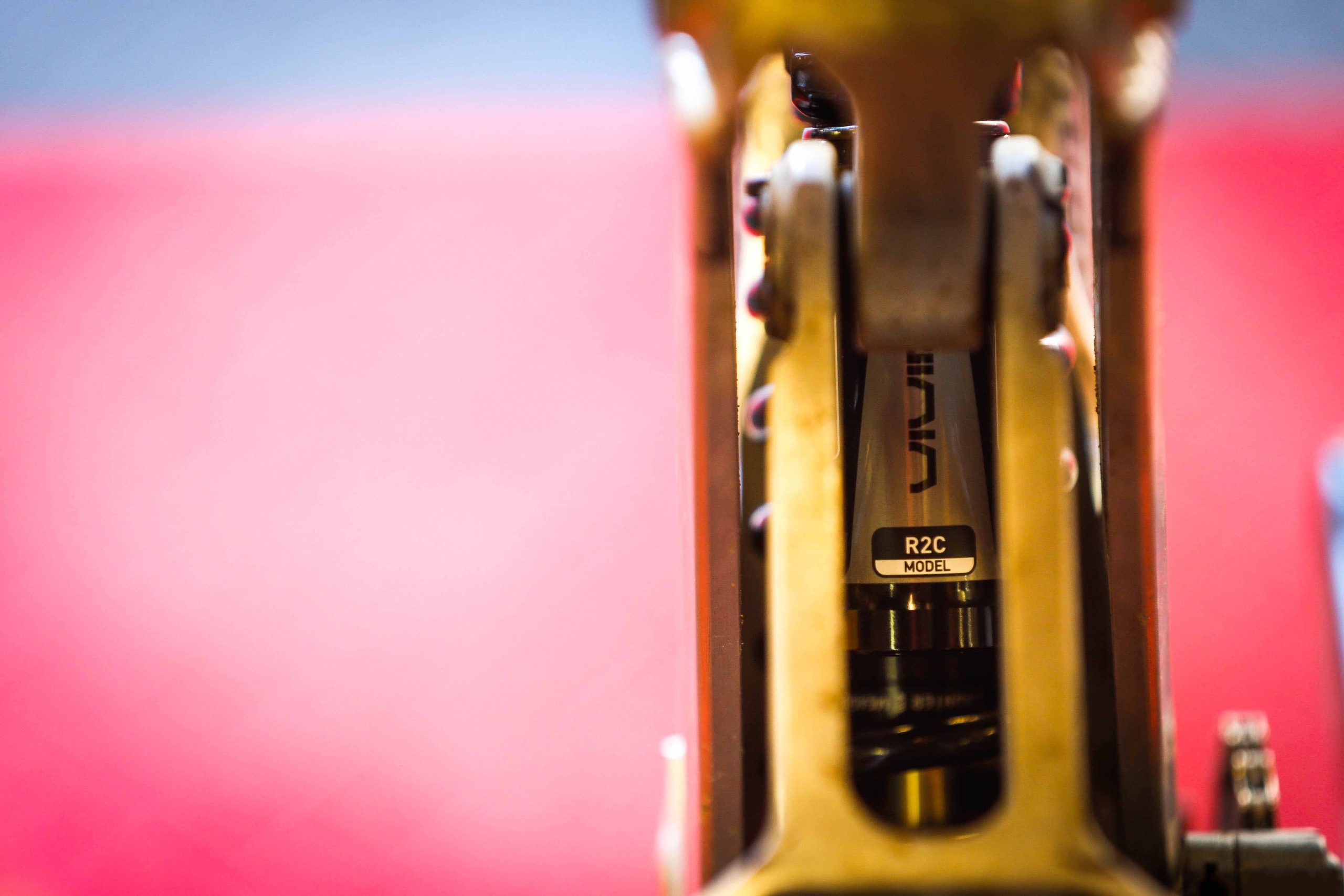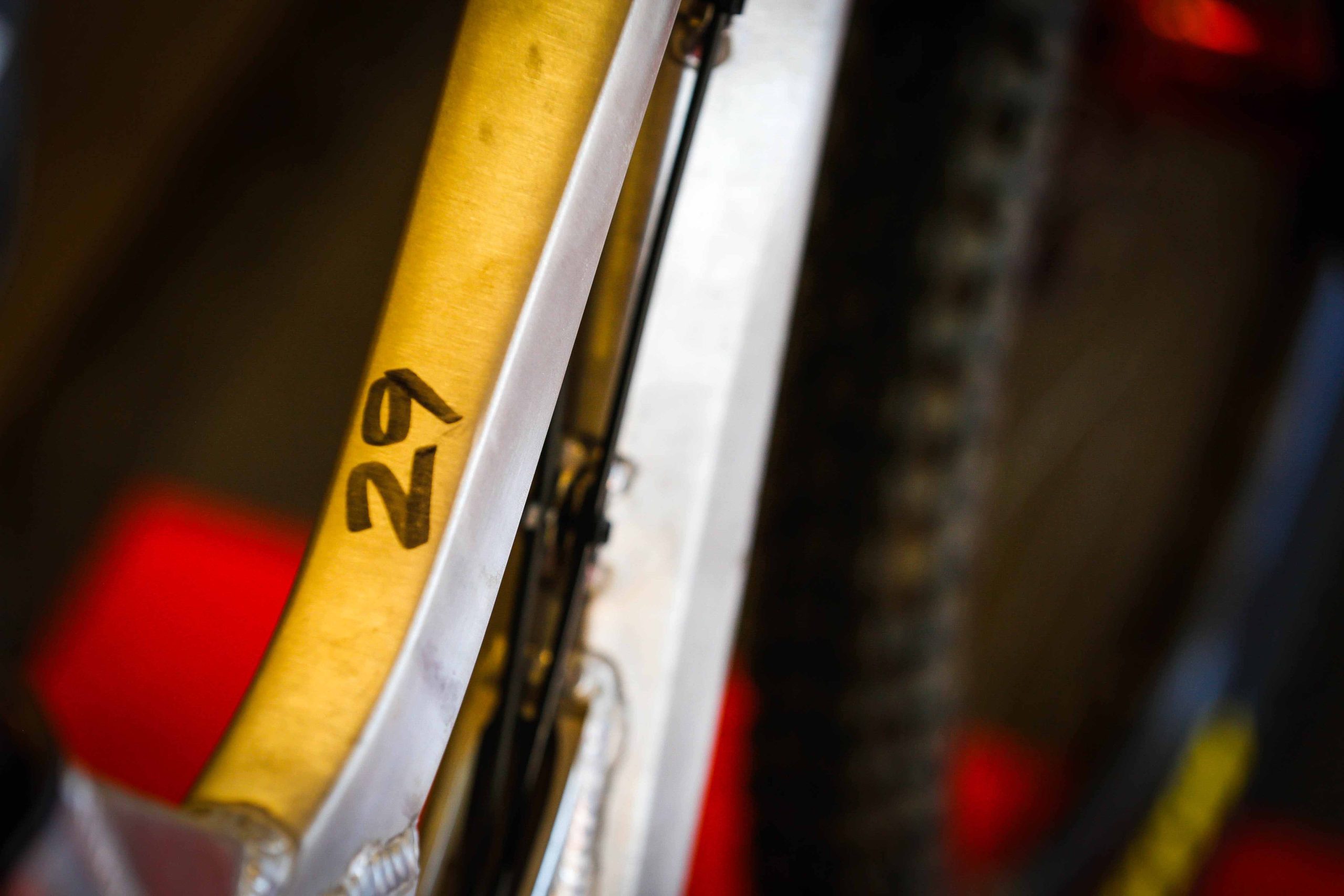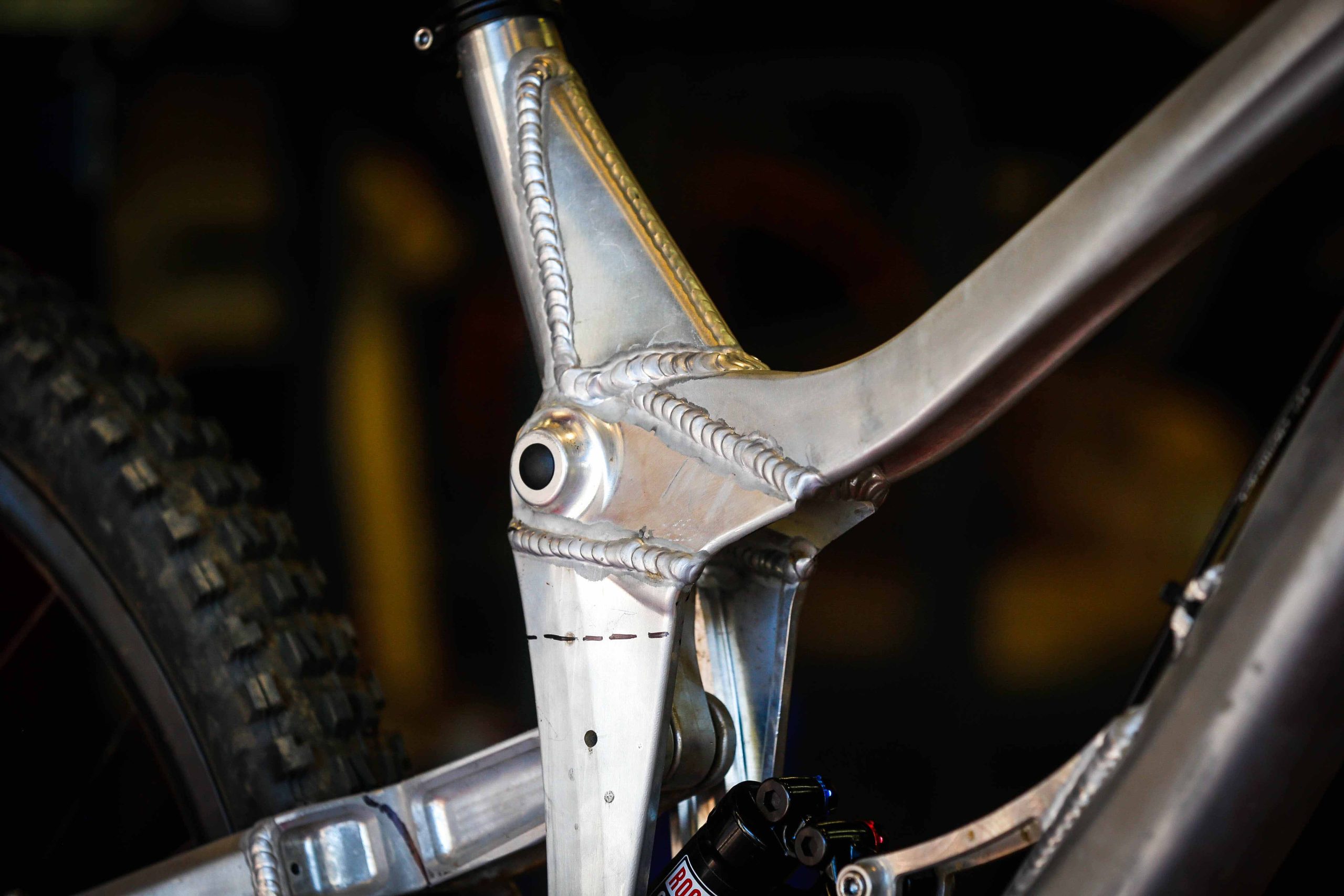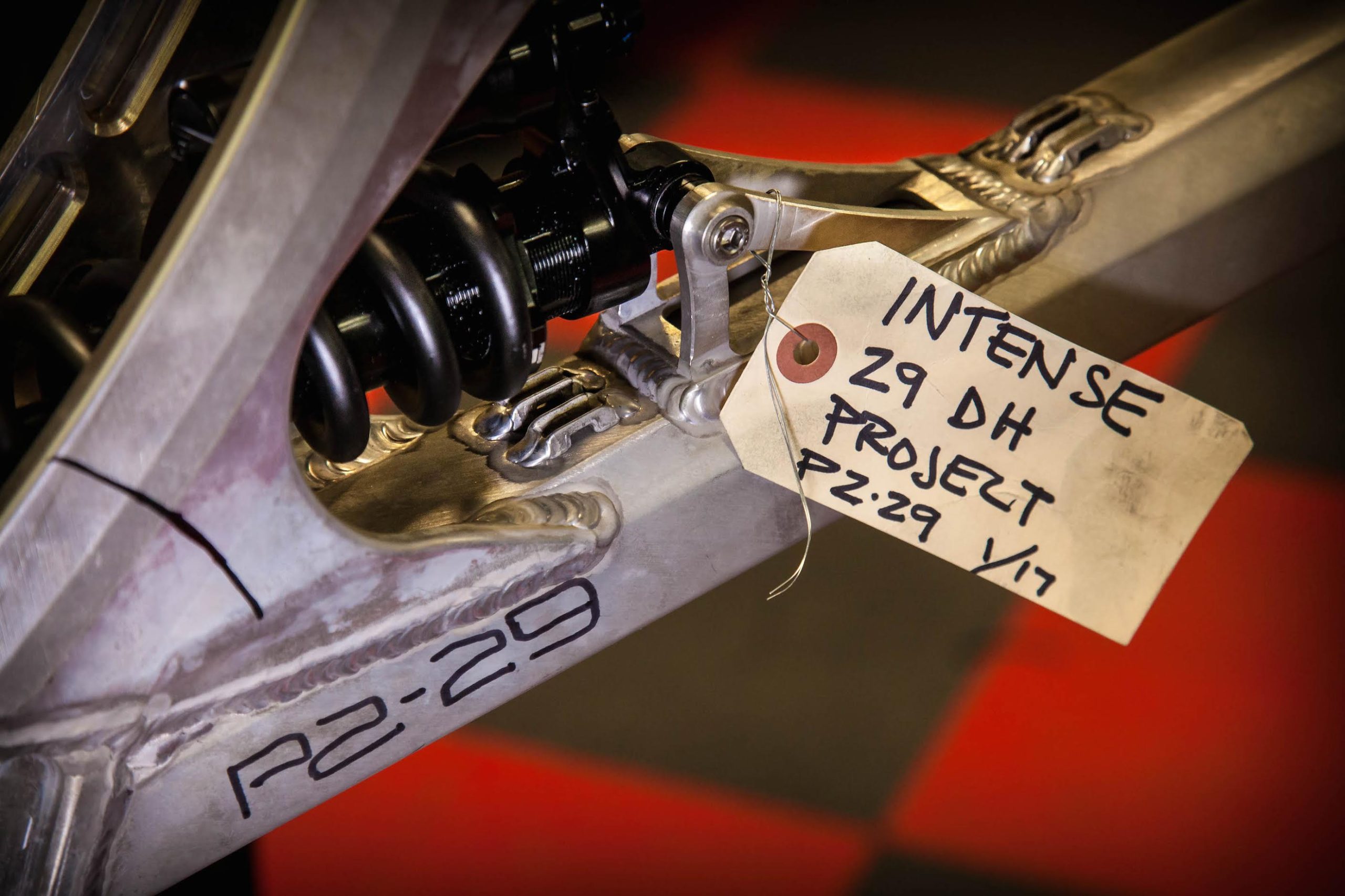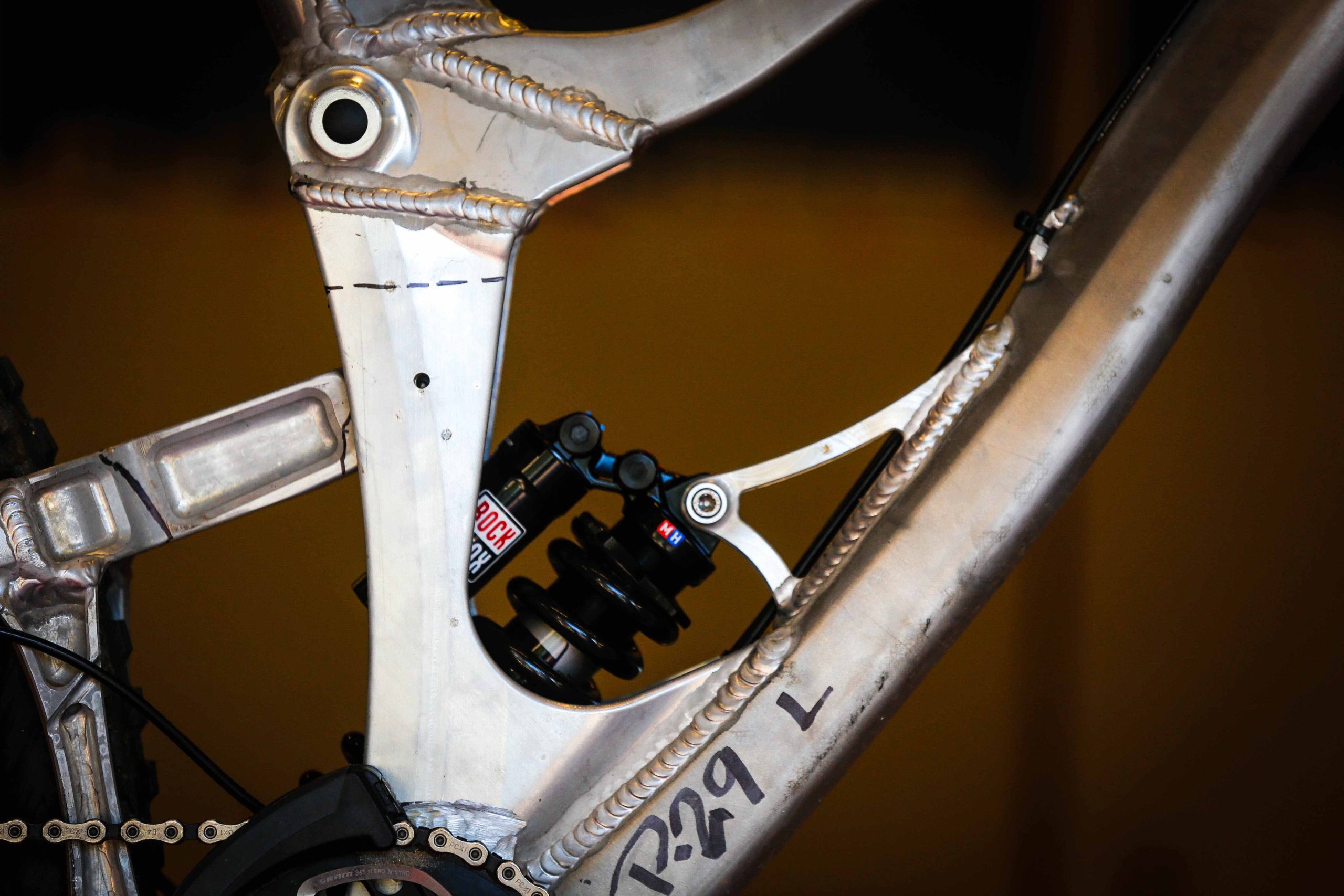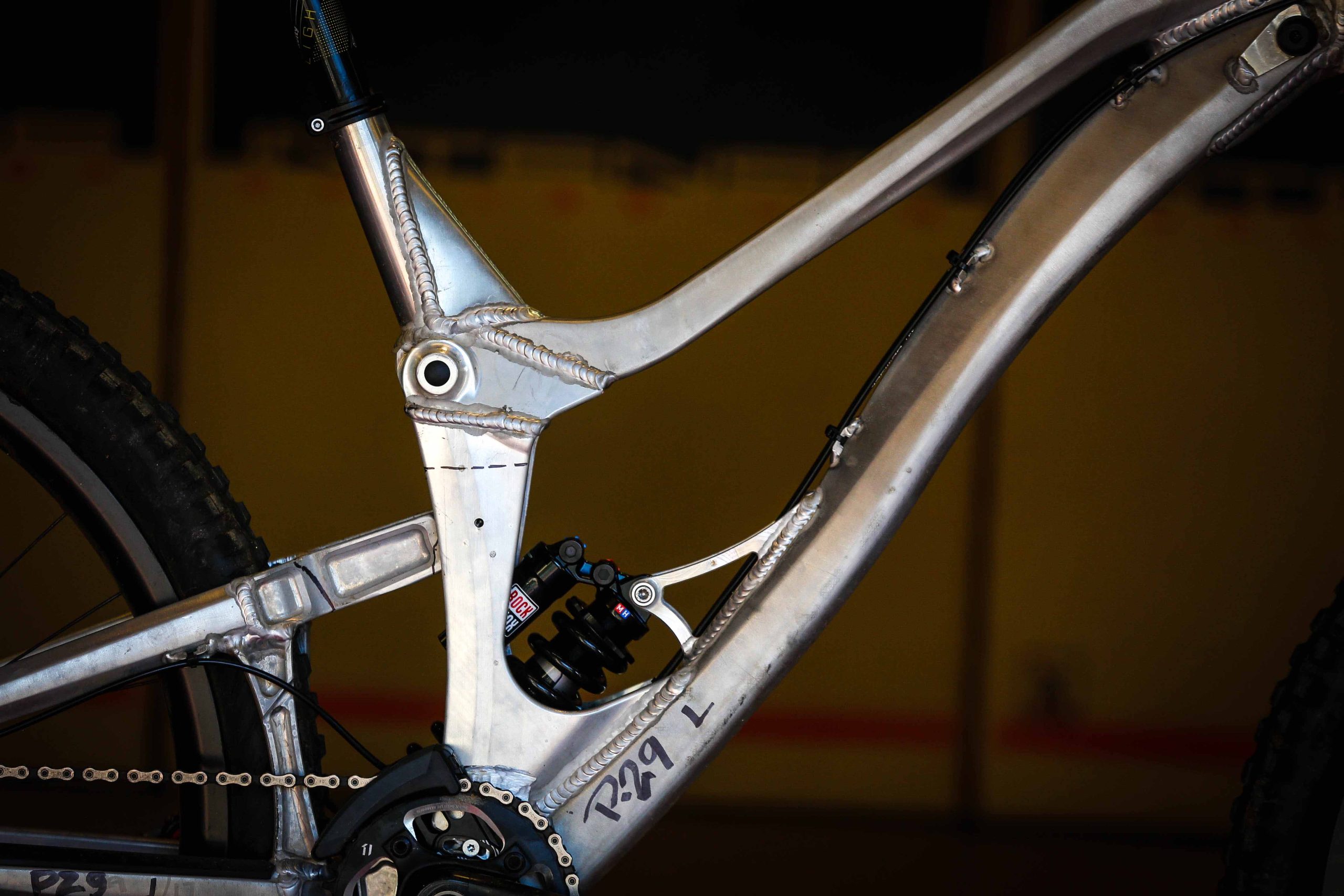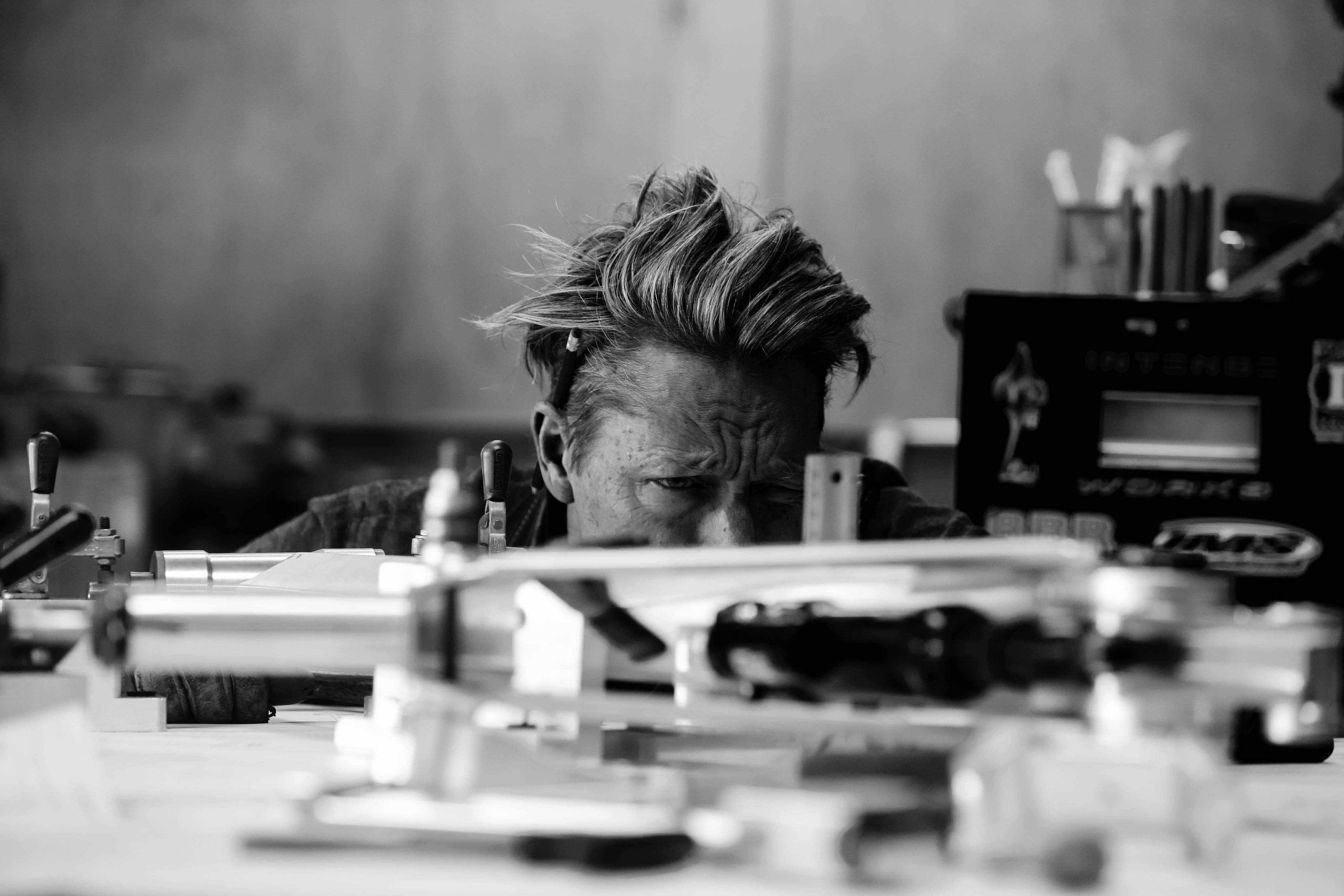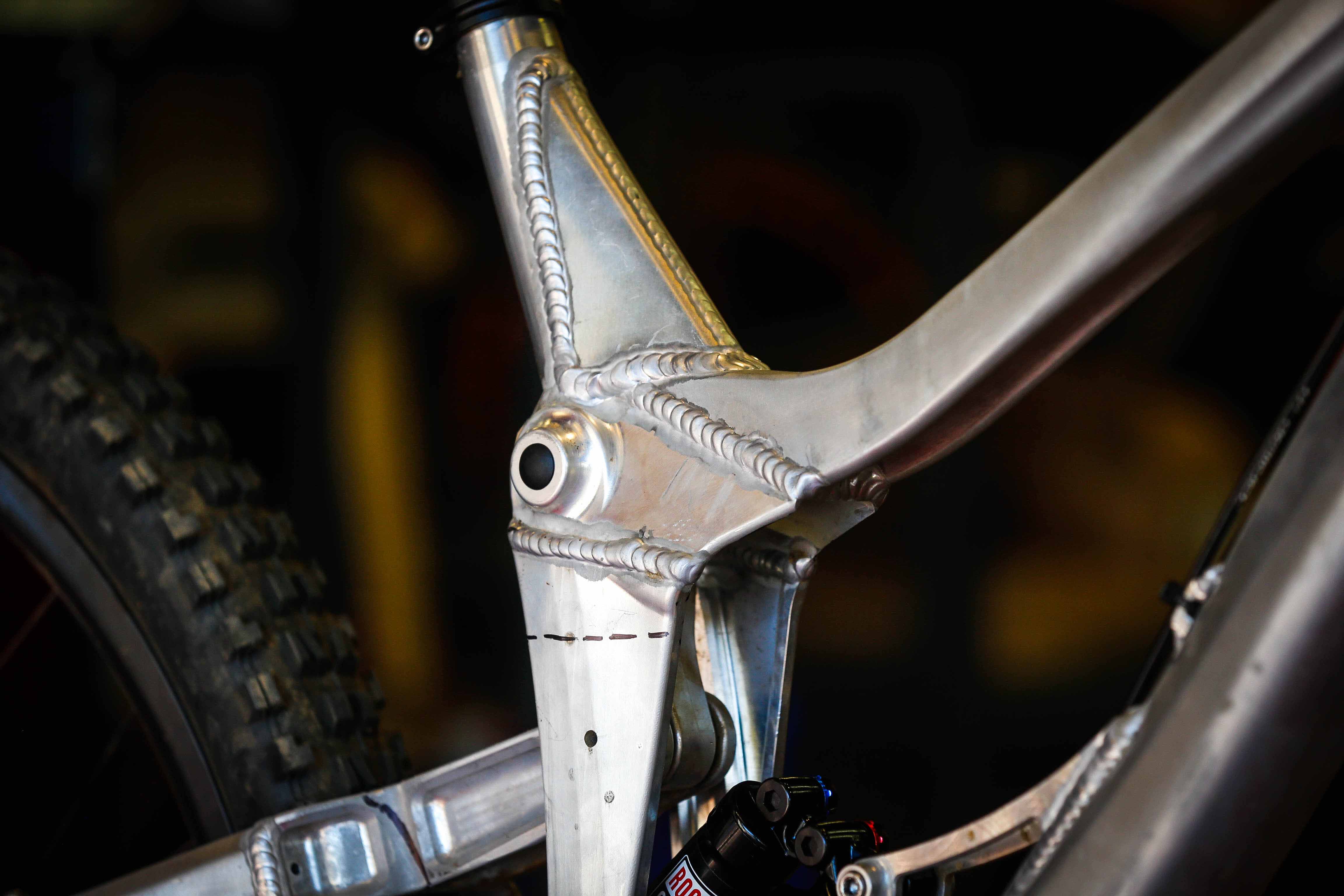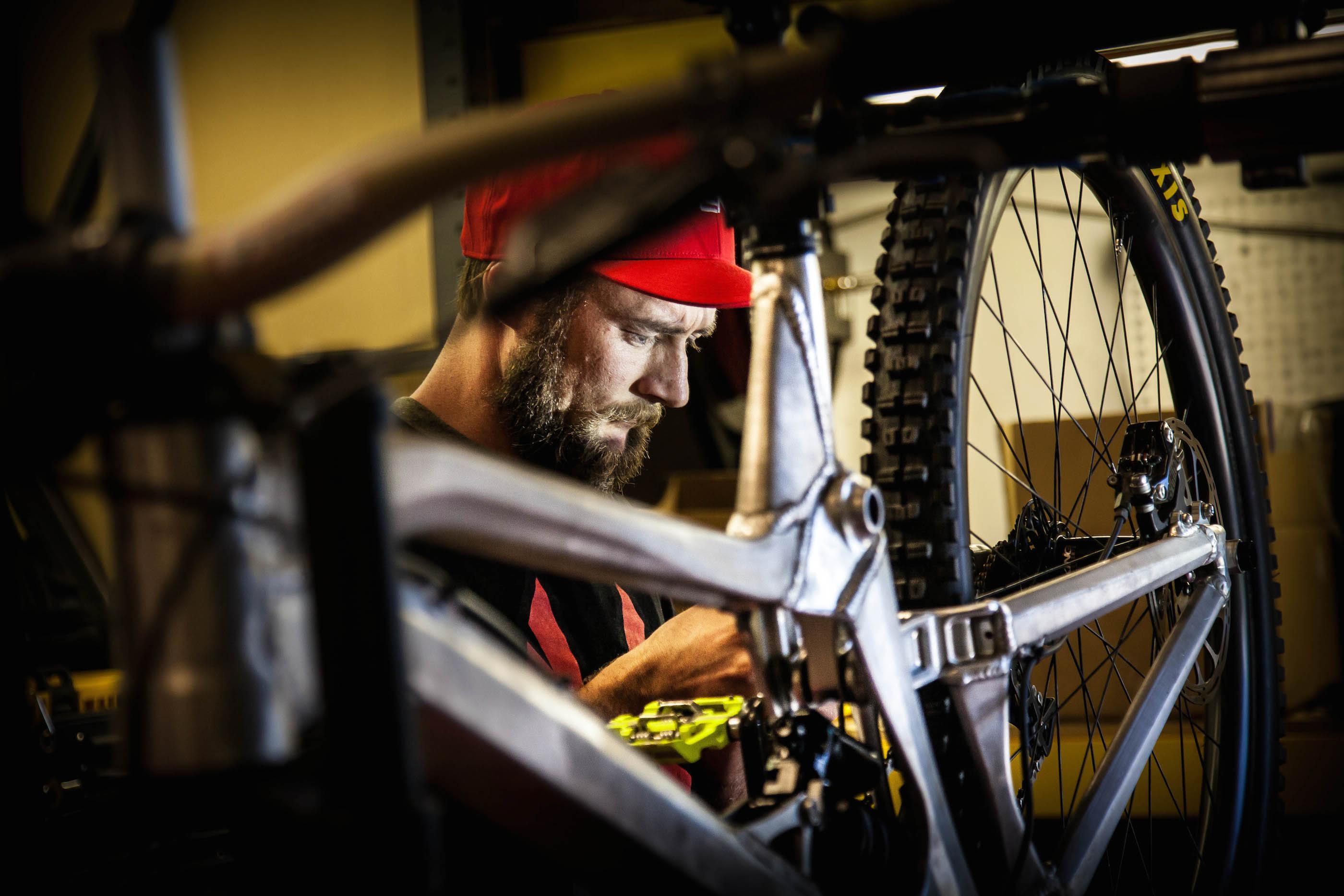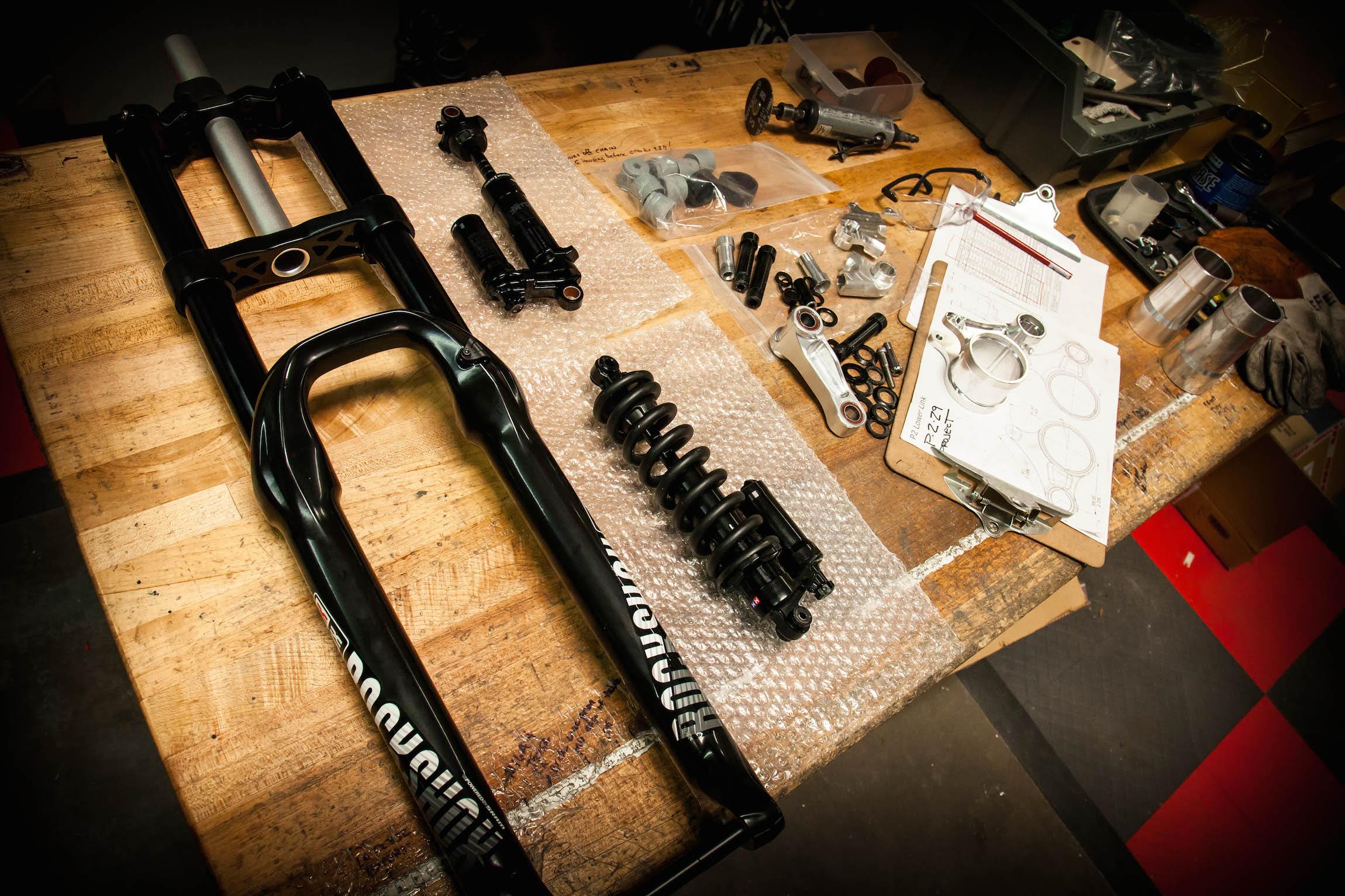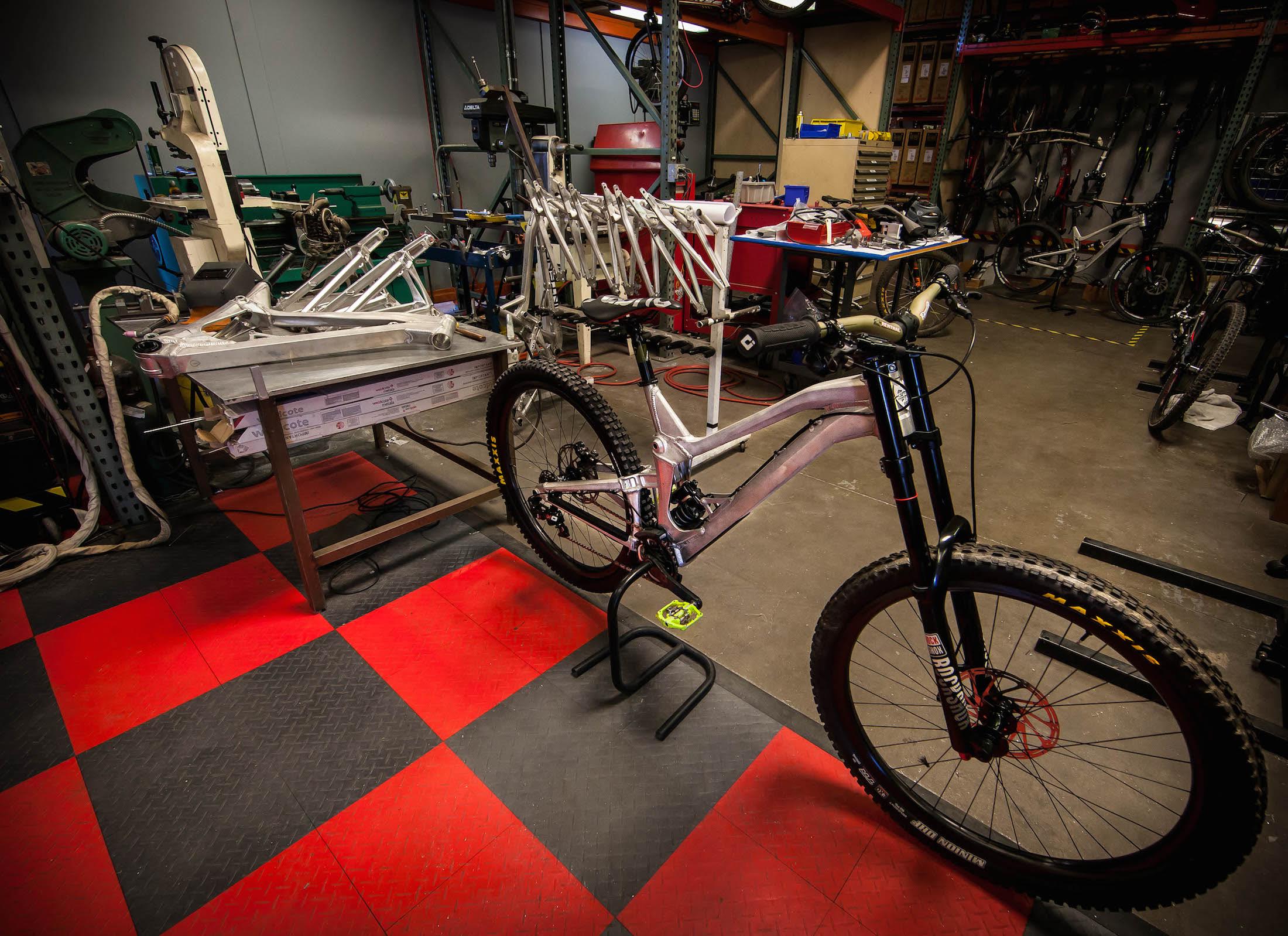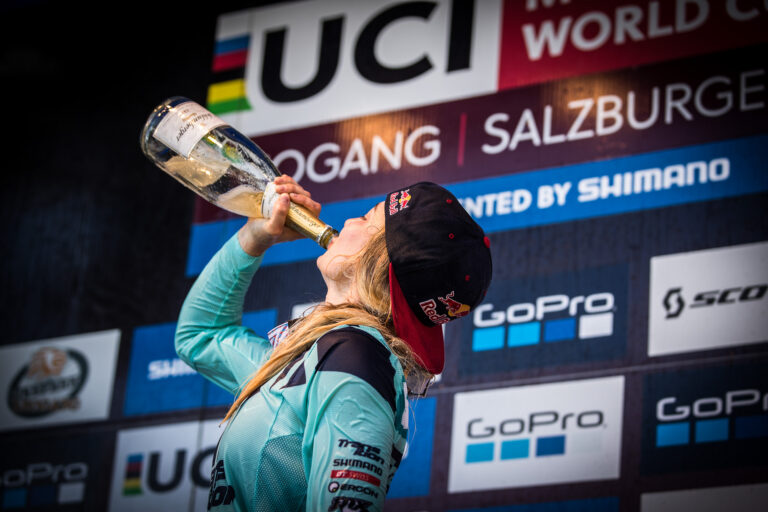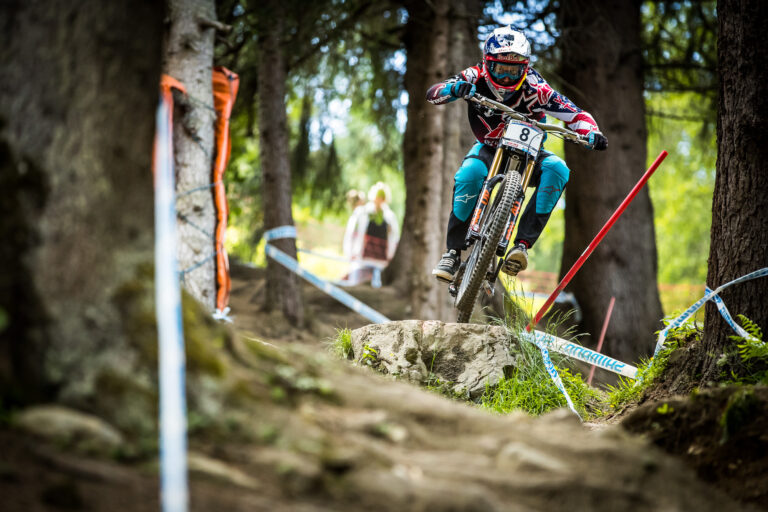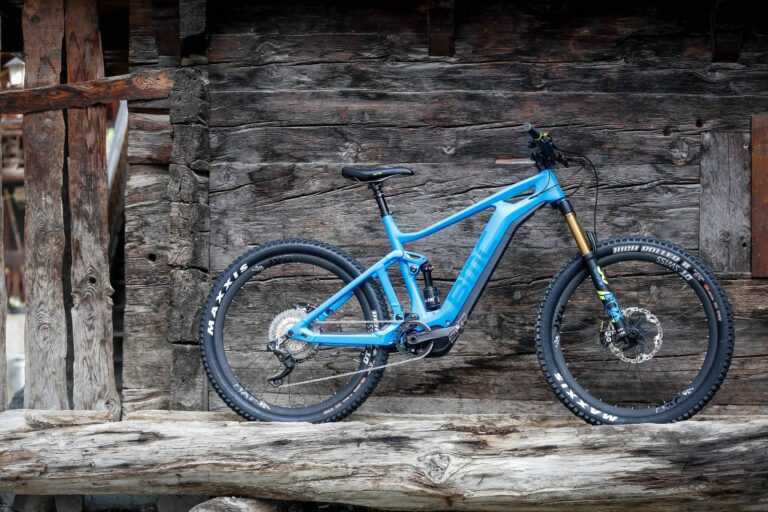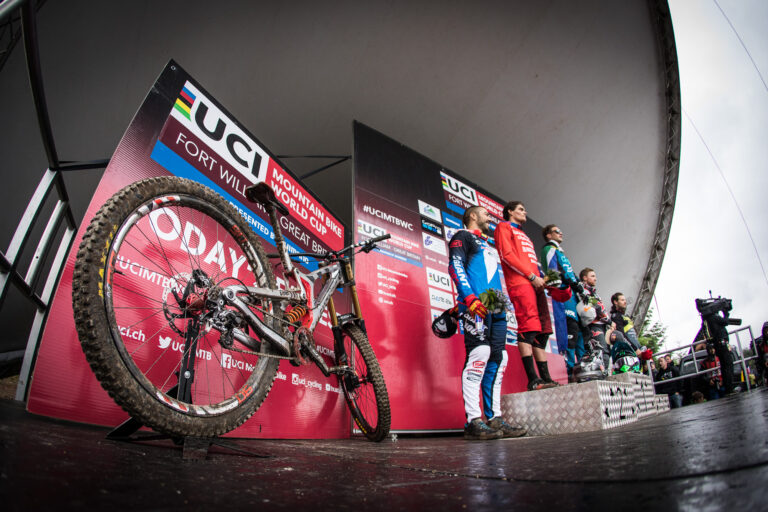You could always rely on them to turn up at the party slightly unkempt, bent out of shape and full of attitude. Intense was a brand of edgy, ahead of the game designs, ones that many turned to in search of World Cup downhill glory, and on which countless riders achieved success.
On the race track they’d shoot to kill, be it Shaun Palmer in Cairns, Sam Hill in Kaprun or the unforgettable vision of Chris Kovarik coming out of the mist of Aonach Mor on a different time table. Going from four bar to ‘virtual’ along with Santa Cruz bikes just past the turn of the century was a milestone in design, and the V10 was its ugly sister for many years. But they led parallel lives for a short while yet is has been the more northerly brand that has had the most success at racing for the past decade.
Still, during this time it has been Intense who have been ahead of the game with many innovative bikes, the Tracer 29, Slopestyle and 951, full metal, full aggro, fully out of sync with the rest of the industry but beautifully up to date. Whilst its northerly neighbour was picking up wins with vintage racers, the dirty overalls and the odd greasy fingerprint were still not too far away from Intense. Champagne in the north, tea and biscuits down south. Or at least that has been the perception, and although the key point is that hardware from both brands isn’t that different, the innovation for the last decade still weighs in favour of the southerners. Or indeed if paint is your thing then it could be argued Intense have stolen the march with their latest bikes.

